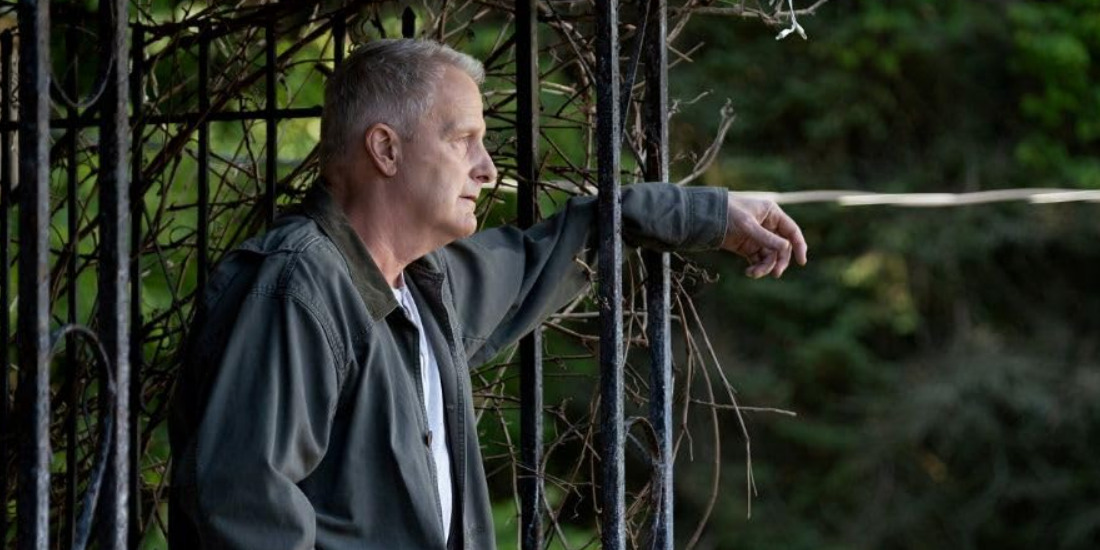‘American Rust: Broken Justice,’ the second season of Dan Futterman’s eponymous show, picks up right from the end of the first season, with the narrative rippling into the consequences of the cast of character’s past actions. In the inaugural iteration, protagonist Del Harris, town chief officer, undertakes grave measures to protect his lover’s son, Bobby, from a murder conviction. In season 2, he finds himself returning to Pittsburgh, which remains fraught with an inescapable past. Meanwhile, the cop’s town of Buell, in Rust Belt Pennsylvania, faces a string of murders that suggest a conspiracy at play.
Thus, Harris must face new challenges as forces move against him from all sides, and his morally nuanced actions continue to haunt the cop’s conscience. Although the second season takes a refreshing drift from its predecessor, it still retains the latter’s authentic approach to the local lifestyle of its setting. Consequently, fans may be wondering about the second season’s origins, particularly whether it holds a basis in real life.
American Rust: Broken Justice is a Work of Fiction
Even though the first season of ‘American Rust’ is a fictional story, it possesses intriguing origins as a book-to-TV adaptation of Philipp Meyer’s eponymous 2009 novel. However, the season exhausts the narrative plot points from Meyer’s work, leaving little in terms of source material for the following season. For the same reason, ‘American Rust: Broken Justice’ finds its emergence entirely from the imagination of its creator, Dan Futterman, and Adam Rapp, co-showrunner of season 2. Thus, while season one holds true to the thematic and narrative developments within Meyer’s novel, employing the same plot, characters, and significant events for the TV adaptation, season 2 takes a slightly different path.

The second installment finds Harris facing the repercussions of his past, from his crimes in season 1 to the ones before. Consequently, the season remains reminiscent of the ideas pitched in Meyer’s novel while also expanding upon them. Futterman spoke with Forbes about season 2’s journey— after Showtime initially canceled ‘American Rust,’ leading Amazon Prime to pick it up for another season. “We really, really wanted Season 2, and we were thrilled to land at Amazon to be able to do it,” the creator said. “There was a lot left over to answer from Season 1, but also, there was this [desire] to further explore these characters and the way they try to get what they can out of life that gets them into deeper trouble.”
Therefore, for the most part, this season, penned by Futterman, Rapp, and their team of screenplay writers, remains a continuation of the first season, especially the themes introduced in it and, subsequently, Meyer’s work. While discussing the show in a conversation with Trib Live, Rapp expanded upon the same and said, “Season 1 [of ‘American Rust’] is all about what this man [Del Harris] will do for this woman [Grace Poe] at all costs. His love is so great for her he winds up crossing over to the dark side.”
Rapp continued, delving into this installment’s themes, “Season 2 is more about how people can find absolution for their sins. Can they restore justice for themselves, for their soul, for their community in some way? Can Del [Harris] correct the mistake he made—and can he live with himself?” Furthermore, the second season fixes up the shortcomings of the first season and brings a new dynamic to the plot— intensifying the storyline and the stakes— to imbue a new feel to the show. Still, for season 2, the show continues to remain true to its authenticity to the realities of the characters’ regional “Americana” disposition— only this time, Pittsburgh becomes a part of the equation.
As such, Rapp, Futterman, and their team ensured to equip local references in creating this season’s arc. The creators found ease in this endeavor from their past lived experiences in Pittsburgh, where they shot season 1. Furthermore, during the continued filming in the city for season 2, Rapp was able to better immerse himself in the region by visiting local places in Pittsburgh and its surrounding valley towns.
Therefore, plunging into the local communities helped Rapp and Futterman get a closer feel of the region’s distinct culture, from the general atmosphere and vernacular to local tradition. Thus, where the show takes a sharp drift in terms of plot in relation to season one, the second season holds onto the sense of authenticity and realism on a social level. Nevertheless, unlike the previous season, this season thrives on the showrunners’ imagination more than Meyer’s work.
Read More: American Rust Ending, Explained


You must be logged in to post a comment.